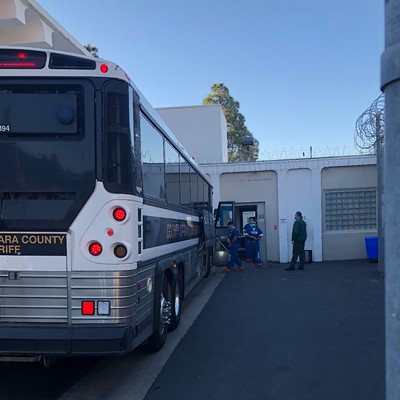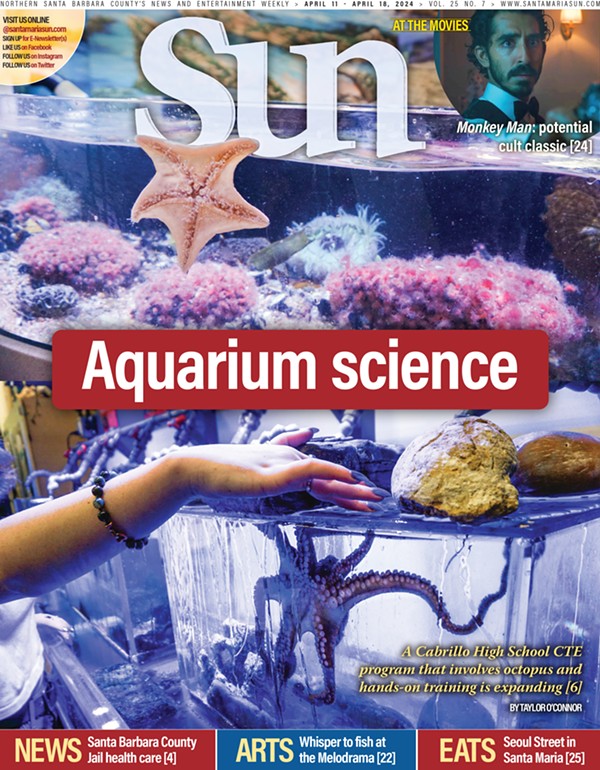The city of Santa Maria recently posted its proposed response to a Santa Barbara County grand jury report on the city’s Task Force on Youth Safety, and in short, the city did not agree with the county’s findings.
After a series of gang-related murders shocked Santa Maria in 2015, city leaders responded with the Mayor’s Task Force on Youth Safety, a program designed to better help Santa Maria’s youth avoid gangs, drugs, and violence. The program’s initial meeting, where leaders discussed the task force’s mission and ways to move forward, was held this April, according to a Santa Maria City Council agenda report.
By June, the Santa Barbara County grand jury had completed its investigation into the program and youth safety in Santa Maria and sent a list of six recommendations to the city for how to better run the program. The jury concluded that the city’s proposed youth safety program had the potential to perpetuate the cultural and socio-economic divides already existing in Santa Maria.
Assistant City Manager Jason Stilwell said the grand jury’s investigation into the program came too early. It happened after just one meeting, Stilwell said, and leaders and community members were still getting acquainted.
“They did this before it even commenced,” Stilwell said. “There weren’t even activities to comment on.”
Stilwell said the city disagreed with a majority of the grand jury’s findings because they were factually incorrect. The grand jury, for example, found the Mayor’s Task Force to be working only within city limits, according to the report. It suggested reaching out to other parts of the community.
“That’s just not true,” Stilwell said.
Mayor Alice Patino and 5th District Supervisor Steve Lavagnino are co-chairs of the program. Stilwell said there were 72 individuals from North and South County at a task force meeting on Aug. 14, as well as leaders of programs, churches, and hospitals from across the state.
The city and county agree on one thing: Stable funding for the Mayor’s Task Force on Youth Safety has not been found. The Board of Supervisors allocated $75,000 to the program, according to the city’s report, but it has not been spent in full.
Stilwell said it’s still too early to know what the task force will need money-wise. A final plan for how to move forward is slated to be completed by October, he said.
Although Stilwell said the city has been working diligently with community members on the issue, the grand jury’s investigation found that the city’s leaders have not included enough community representatives and parents of at-risk youth.
Pete Flores, leader of One Community Action, an organization dedicated to supporting the city’s youth, said the city has failed to protect the very community it represents. After an ideological disagreement on how to address violence citywide, One Community Action was not invited to the city’s task force meetings.
“We really believe the community needs to be included where all the decision-making occurs,” Flores said. “The community that needs it the most is the Latino and Spanish-speaking groups. So if the mayor doesn’t have Spanish translation at these meetings, what does that say about her wanting to build relationships with the community?”
Santa Maria’s issue of violence is much larger than troubled youths and gangs, Flores said, but relates to adults, domestic violence, murders, and suicide. Violence, he said, needs to be addressed in totality.
The city, Flores said, will never be able to properly address violence with the current chasm between policy makers and the people suffering. Santa Maria is divided, and the violence is a direct result of that, he said.
“I think the grand jury saw that,” Flores said. “It really marginalizes our community to have policy makers saying, ‘We know what’s best for you.’ But what’s best for us? 15 murders in one year?”










